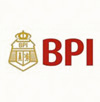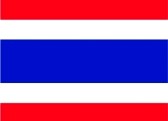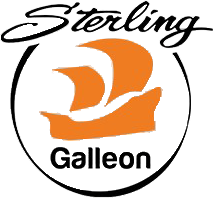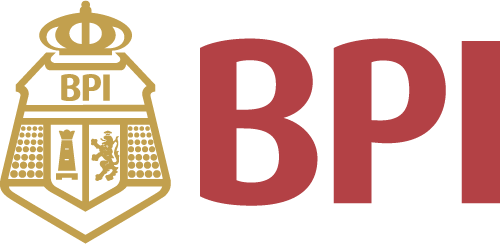All Categories


1/8" / 3mm MDF (Medium Density Fiberboard) for Laser Cutting & Engraving (12" x 20")
Share Tweet
*Price and Stocks may change without prior notice
*Packaging of actual item may differ from photo shown
- Electrical items MAY be 110 volts.
- 7 Day Return Policy
- All products are genuine and original
- Cash On Delivery/Cash Upon Pickup Available








1/8" / 3mm MDF (Medium Density Fiberboard) for Features
-
LASERABLE - Laser safe for vector cutting and engraving. Can be worked with any wood working tool or saw. CNC compatible.
-
CUSTOMIZATION - MakerStock provides stock sizes for your convenience in 1/8" thickness. We provide custom cuts upon request.
-
UTILITY - Extra refined MDF can be use for a variety of projects, including signs, displays, shelving, prototyping and more. Light, extra refined, MDF lasers beautifully, can be sanded and painted.
About 1/8" / 3mm MDF (Medium Density Fiberboard) For
1/8" / 3mm MDF (medium-density fiberboard) panels for laser cutting, engraving, prototyping and much more. MDF is made from pre-consumer recycled wood, usually sawdust from a sawmill or wood chips from lumber operations. The wood particles are mixed into a dough with a polymer binder (e.g., “glue” or “resin”) and consolidated under heat and pressure to form a panel. MDF is a very nice prototyping material because it’s inexpensive, uniform in texture and color, and takes paint very well. Don’t confuse MDF with particle board – which uses much larger and looser wood fibers. MDF is actually nice stuff, especially for laser cut prototypes. MDF is a little lighter (in both density and color) than high-density fiberboard (HDF), which is sold under the trade name Masonite, and sometimes called hardboard. Laser cutting MDF works beautifully, with most lab cutters cutting up to 1/4in and many cutting up to 1/2in or more. The laser does leave a dark charred edge. Most people leave it as is, but if you prefer, you can easily sand the edges to remove the charring. We stock MDF in 1/8, 1/4 and 1/2 nominal thicknesses. The actual thickness of the “1/8” is 0.118in and of the “1/4” is 0.216in. Of course, MakerStock provides pre-cut MDF panels in the right sizes for the laser cutter, or to a size convenient for your project. All MakerStock panel dimensions are cut to tolerances of +0in/-0.188in. That is, the panel will always be up to 3/16in undersized so that it will definitely fit a machine with the corresponding nominal bed size. The density of MDF is about 788 kg/m3 or 0.028 lb/in3, a bit more than the constituent wood because of the addition of the polymer binder.






























